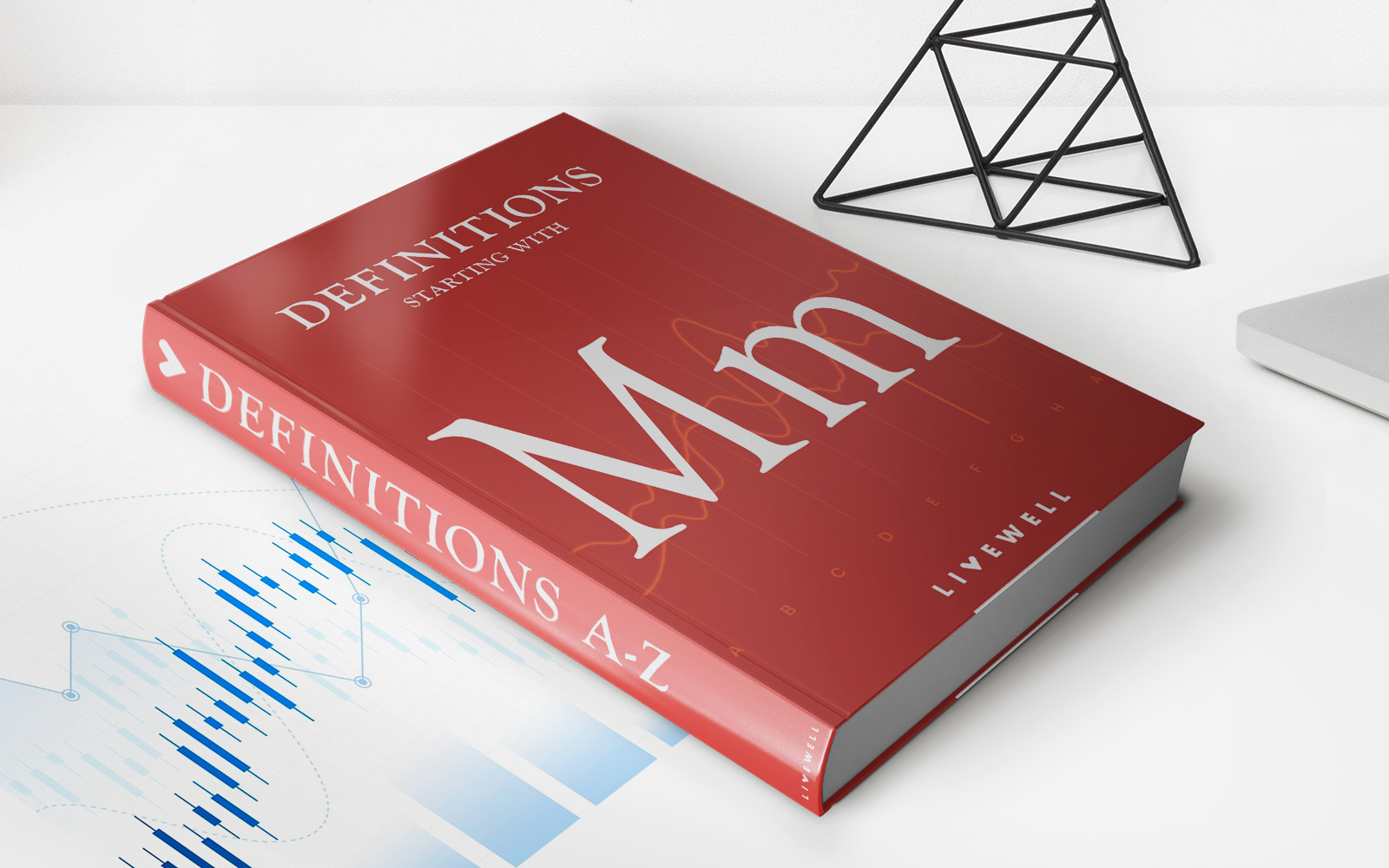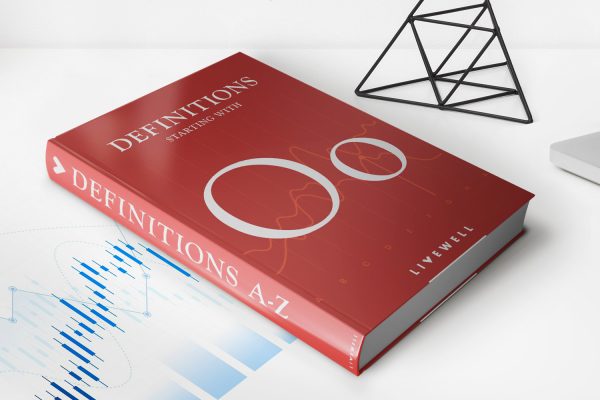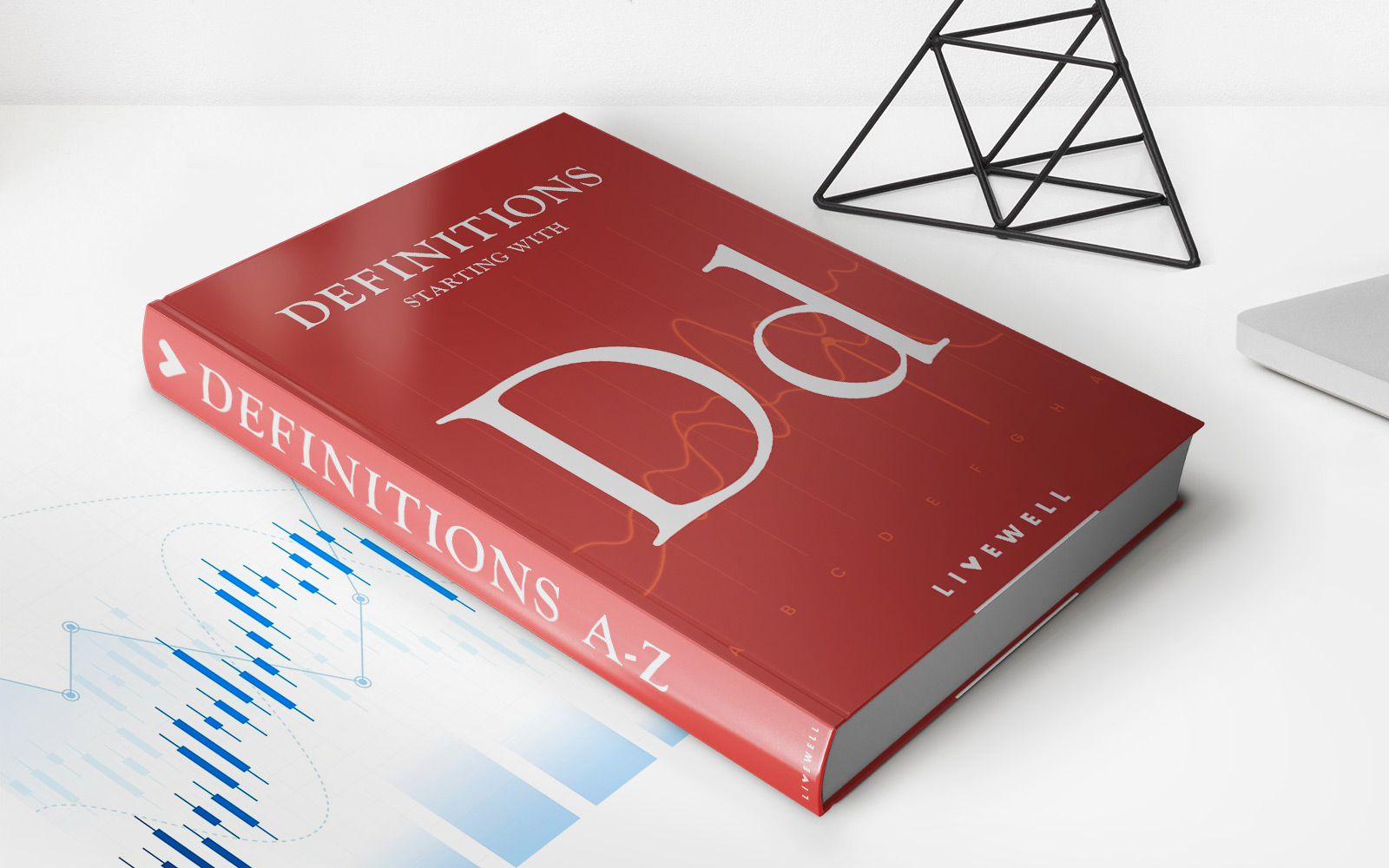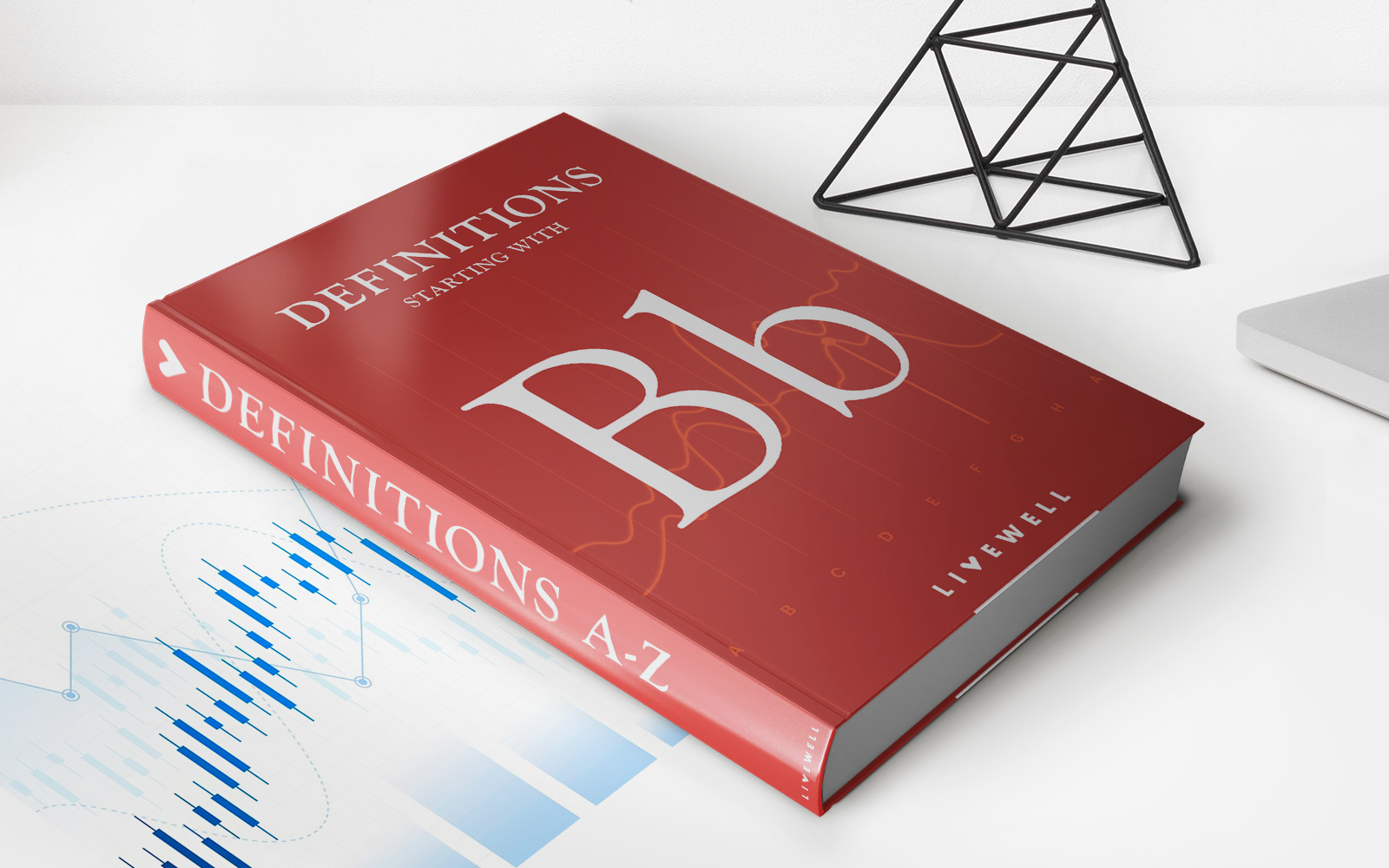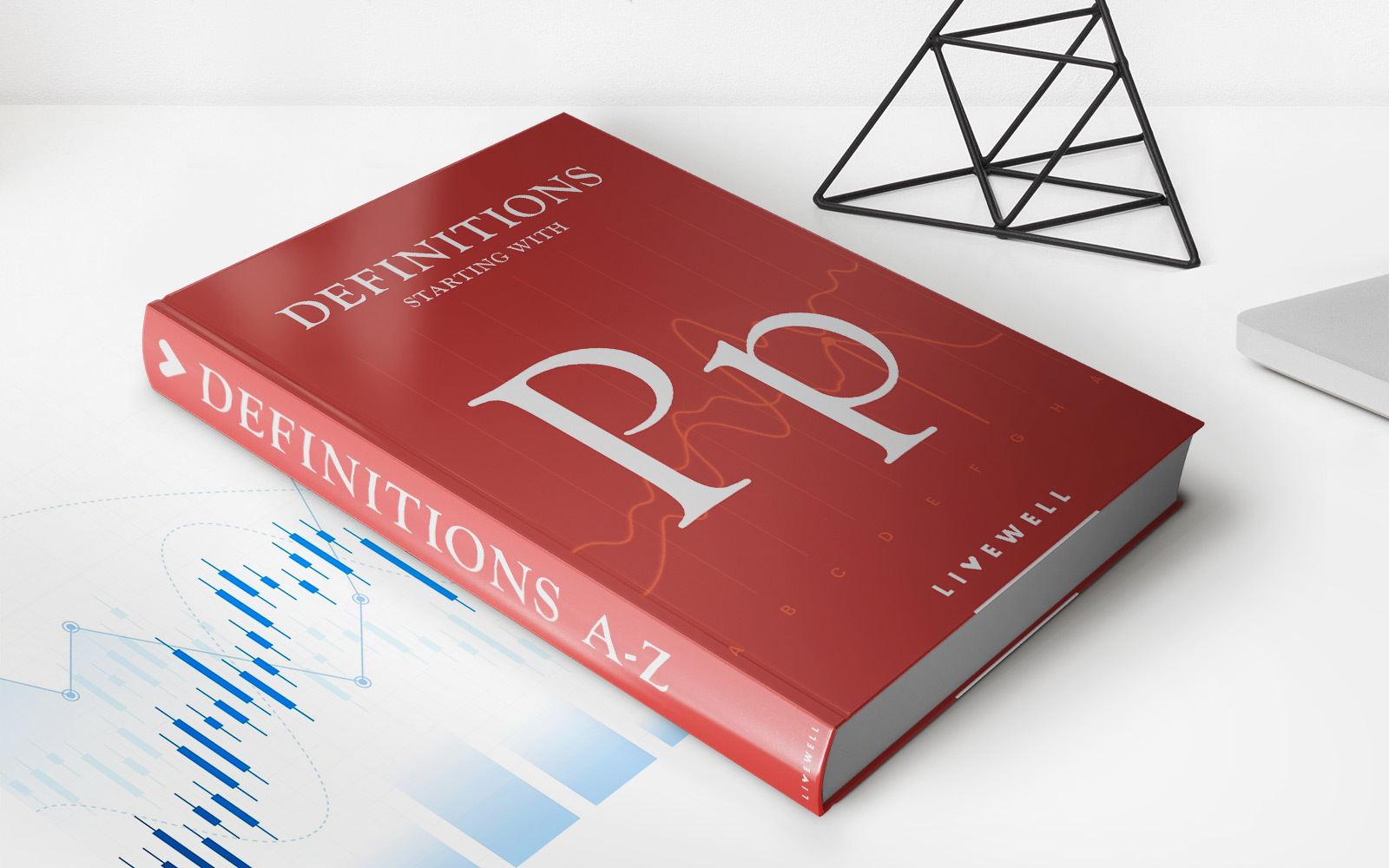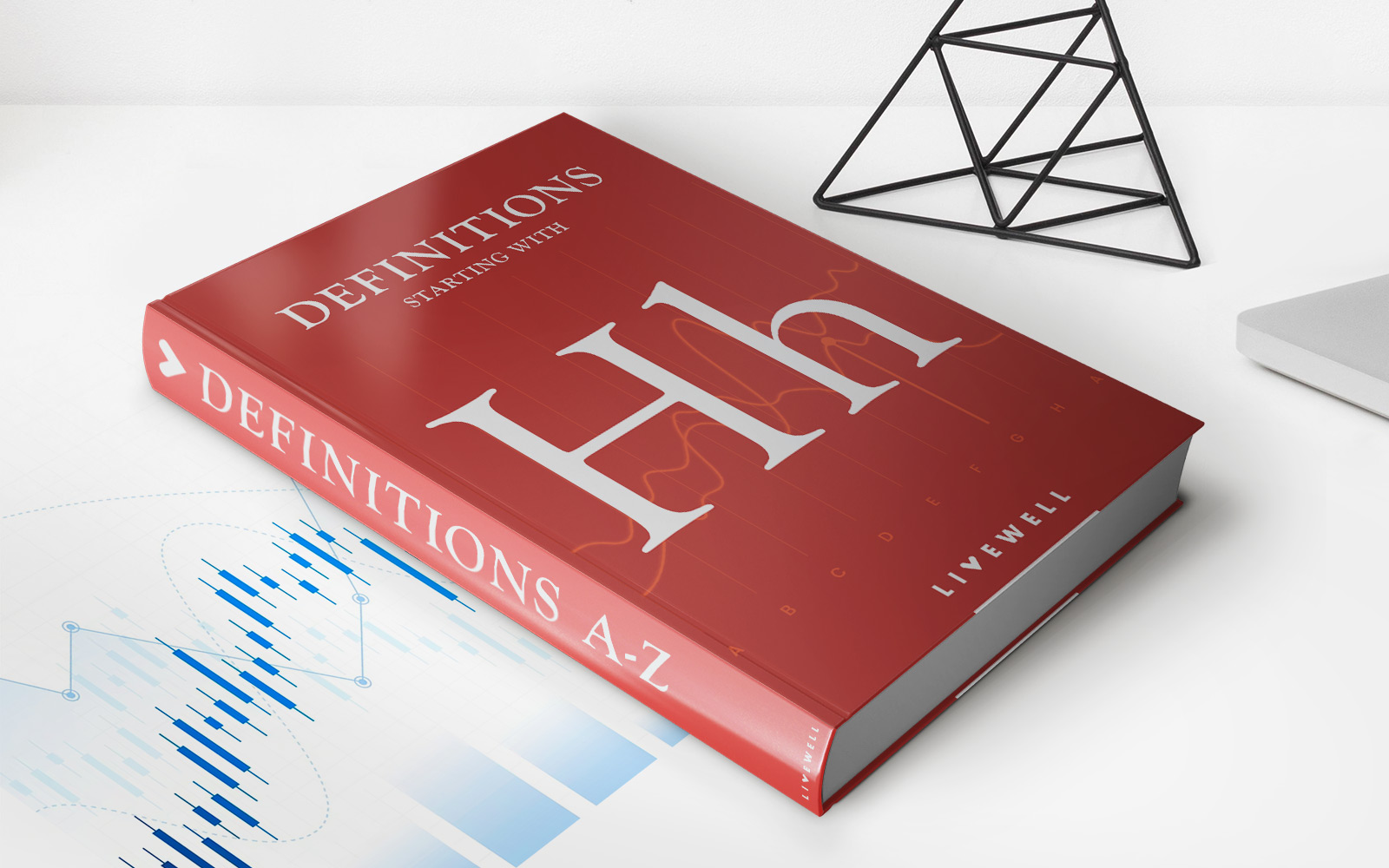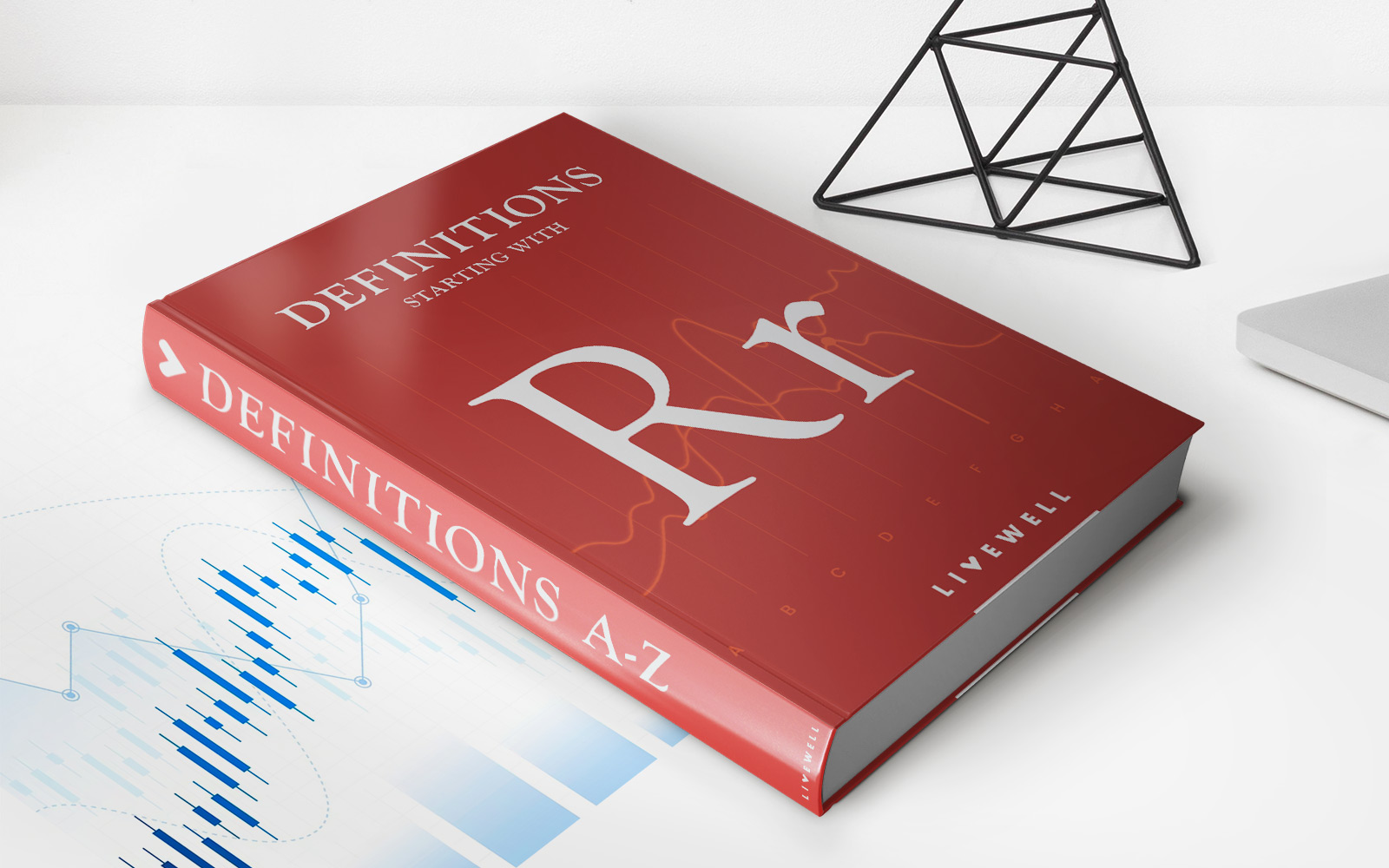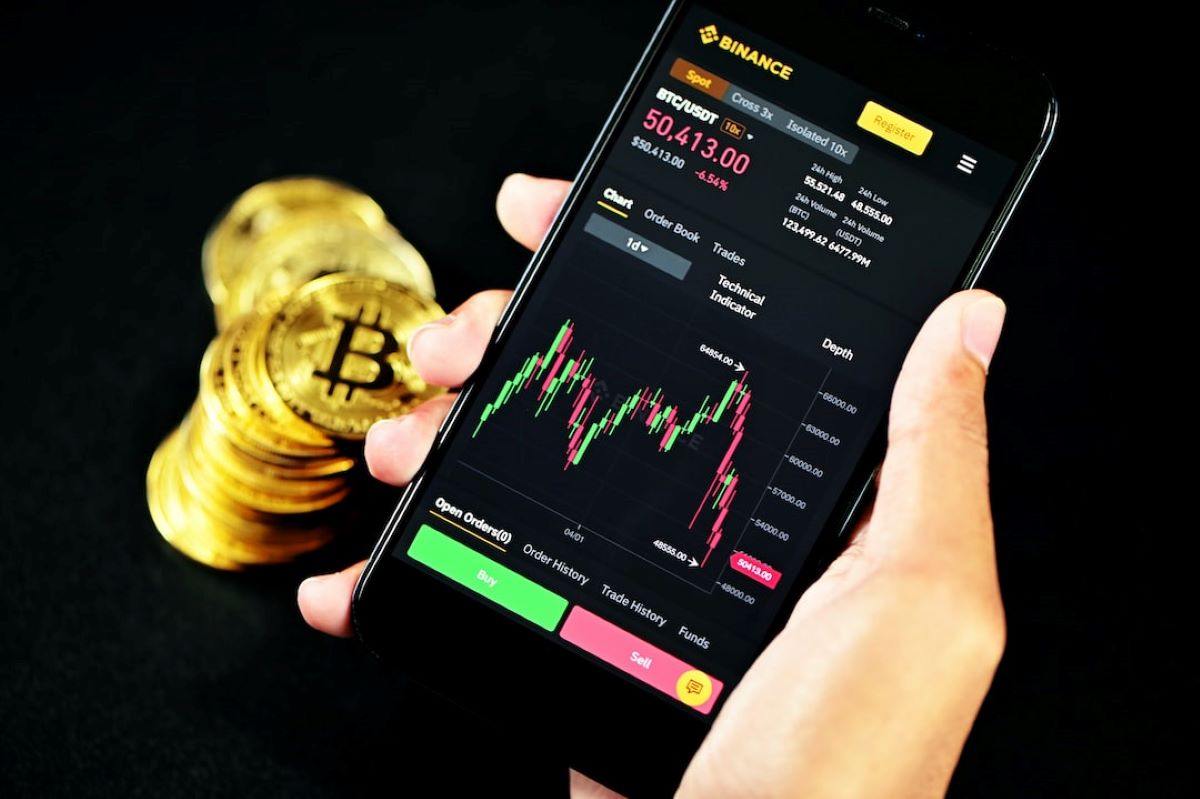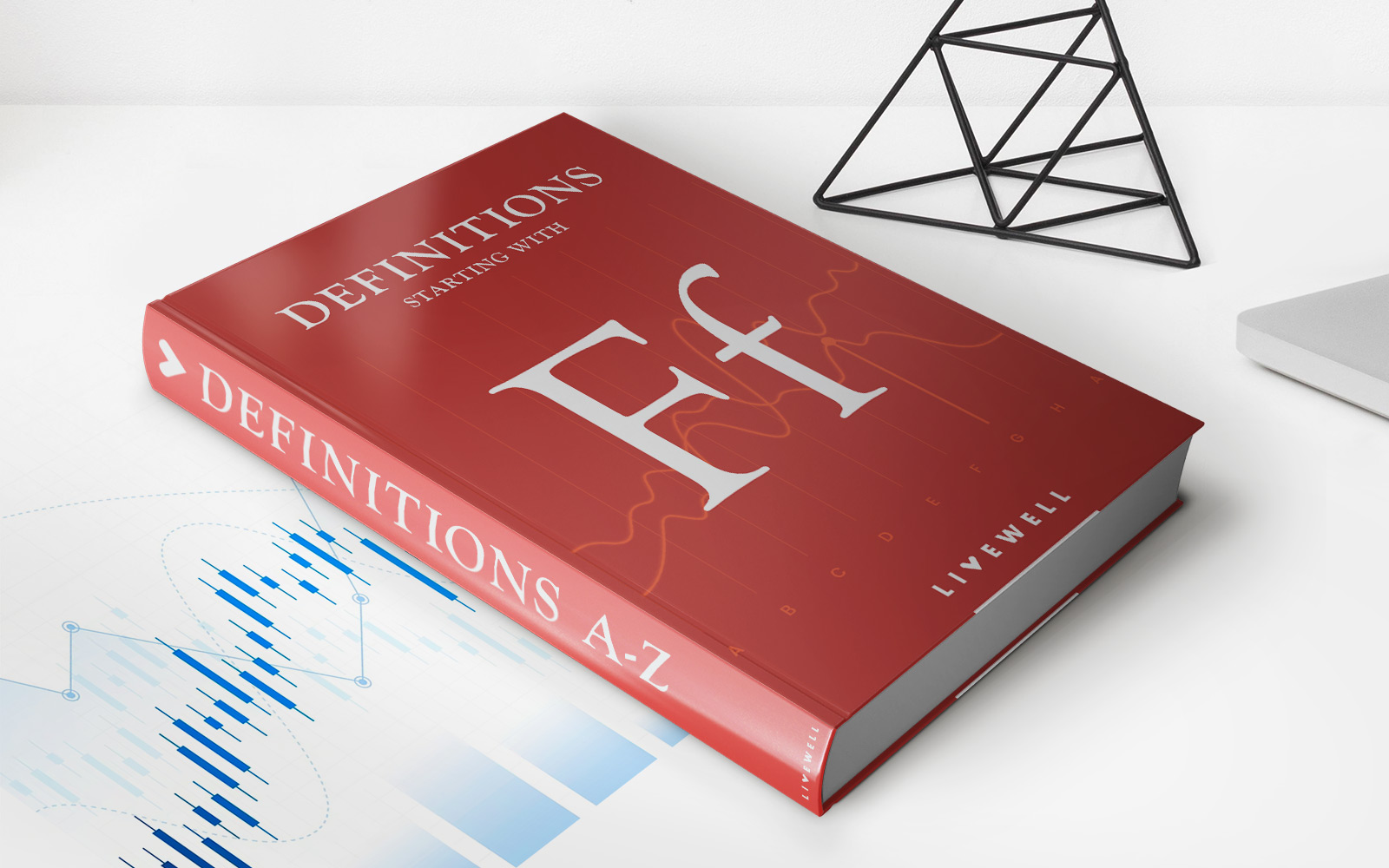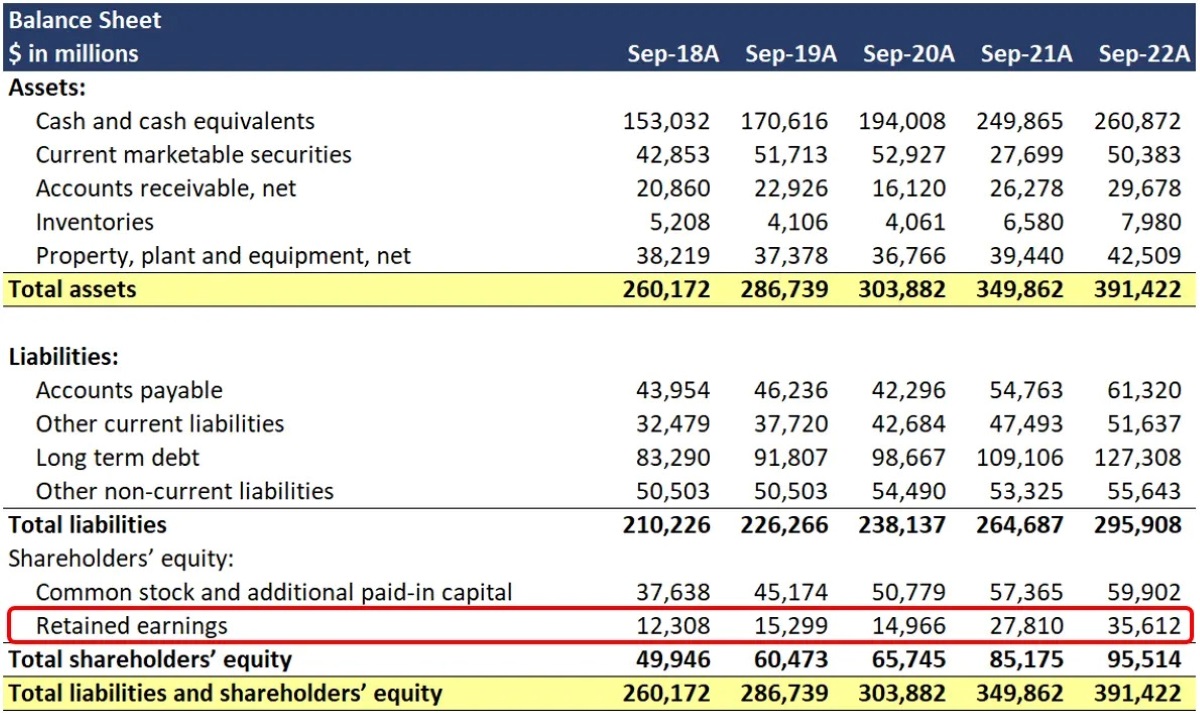Home>Finance>Deep In The Money: Definition And How They’re Used In Trade
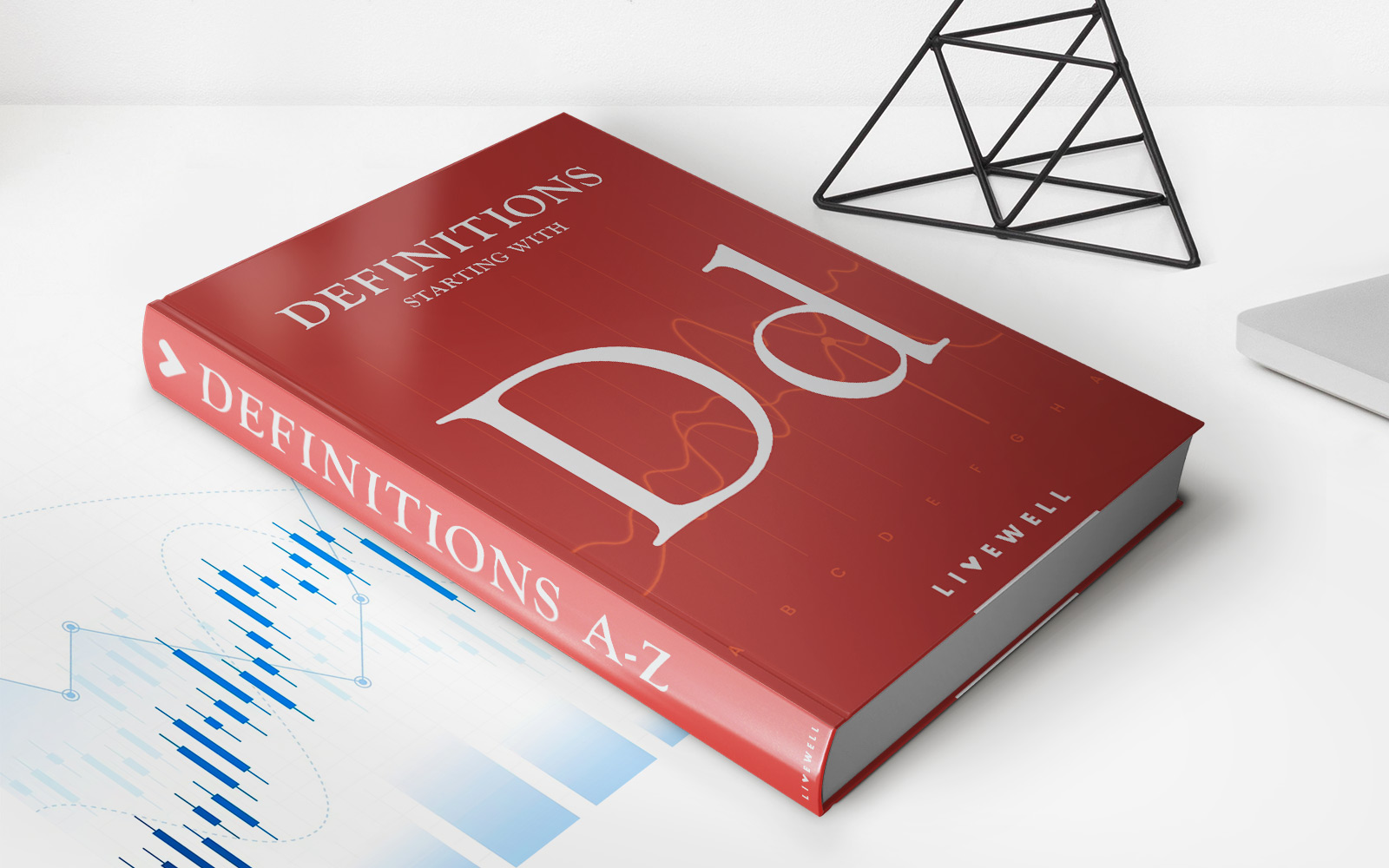

Finance
Deep In The Money: Definition And How They’re Used In Trade
Published: November 9, 2023
Looking to understand deep in the money? Discover the definition and how this finance concept is utilized in trading.
(Many of the links in this article redirect to a specific reviewed product. Your purchase of these products through affiliate links helps to generate commission for LiveWell, at no extra cost. Learn more)
Deep in the Money: Definition and How They’re Used in Trade
Welcome to our “Finance” category, where we explore various aspects of the financial world. In today’s blog post, we will dive into the concept of “deep in the money” and how it is used in trading. If you’re wondering what exactly deep in the money means and how it can affect your investment strategy, you’ve come to the right place!
Key Takeaways:
- Deep in the money refers to options contracts that have a significantly higher intrinsic value compared to the current market price of the underlying asset.
- Investors use deep in the money options to leverage their positions, enhance profitability, and reduce risk.
Now, let’s explore the intricacies of deep in the money options and their role in trading.
Deep in the money options are contracts where the strike price is substantially below the market price for call options, or above the market price for put options. In simpler terms, these options have a high intrinsic value, as they provide the holder with a substantial profit potential if executed.
But how can investors benefit from these options? Here are a few ways deep in the money options are used in trade:
- Leveraging Positions: Deep in the money options allow traders to control a larger position in the underlying asset for a significantly lower cost compared to owning the asset outright. This leverage can amplify potential returns if the underlying asset moves in the desired direction.
- Enhancing Profitability: Since deep in the money options have a higher intrinsic value, they can generate greater profits if the underlying asset moves in the direction anticipated by the investor. These options offer a larger profit potential compared to options that are closer to the current market price.
- Reducing Risk: Deep in the money options provide a certain level of downside protection. If the market moves against the investor’s position, the intrinsic value of the option acts as a cushion, reducing the overall loss compared to owning the underlying asset directly.
It’s important to note that deep in the money options typically have a higher premium due to their intrinsic value. This means that while they offer potential advantages, they also require a larger initial investment than options closer to the current market price.
In conclusion, deep in the money options offer investors the opportunity to leverage their positions, enhance profitability, and reduce risk. These options carry a higher intrinsic value and can be a valuable tool for traders seeking to maximize their returns. However, it’s essential to thoroughly understand the risks and potential rewards before incorporating deep in the money options into your investment strategy.
We hope this blog post has provided you with a clear understanding of deep in the money options and their role in trade. Stay tuned for more informative posts on finance and other related topics!
